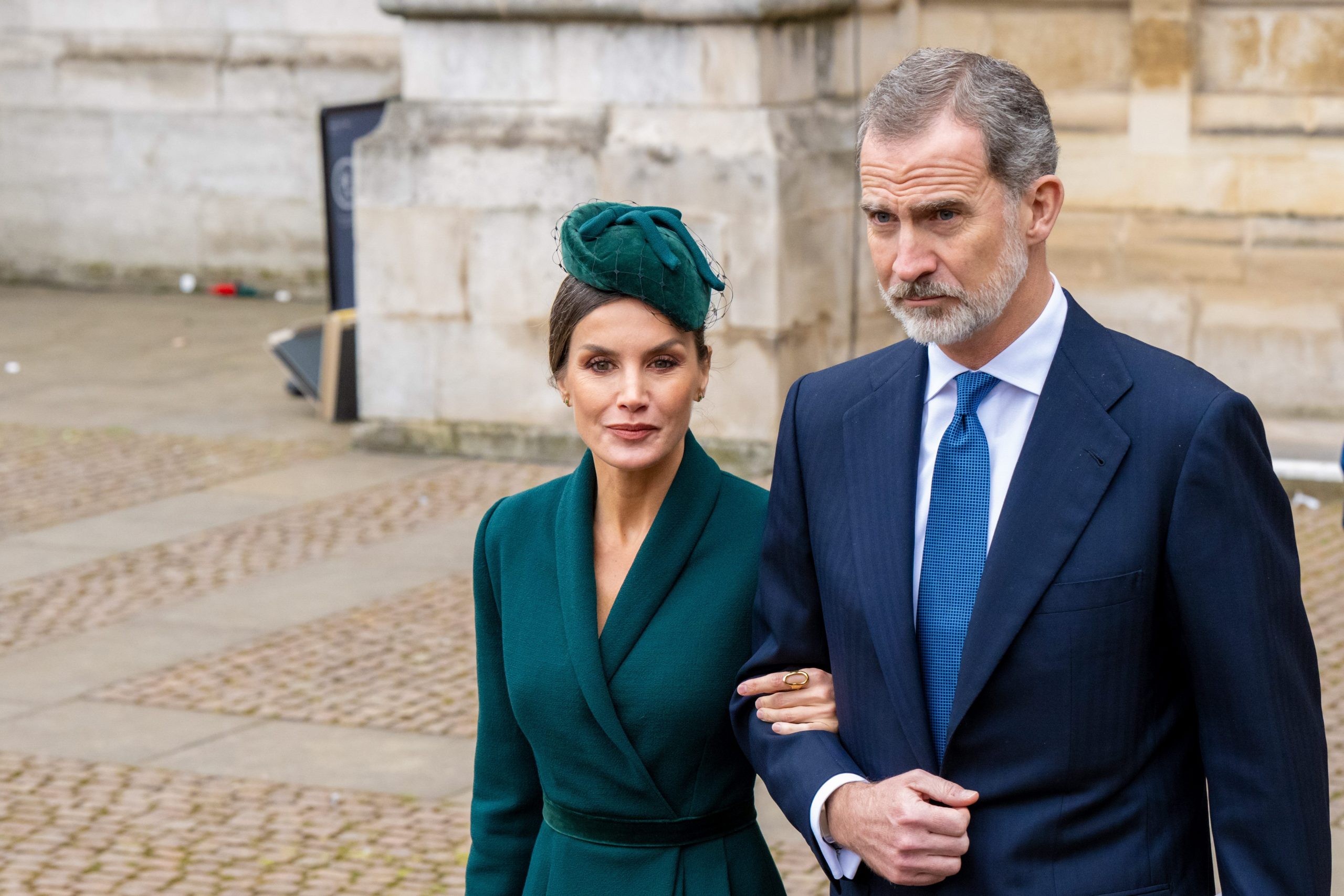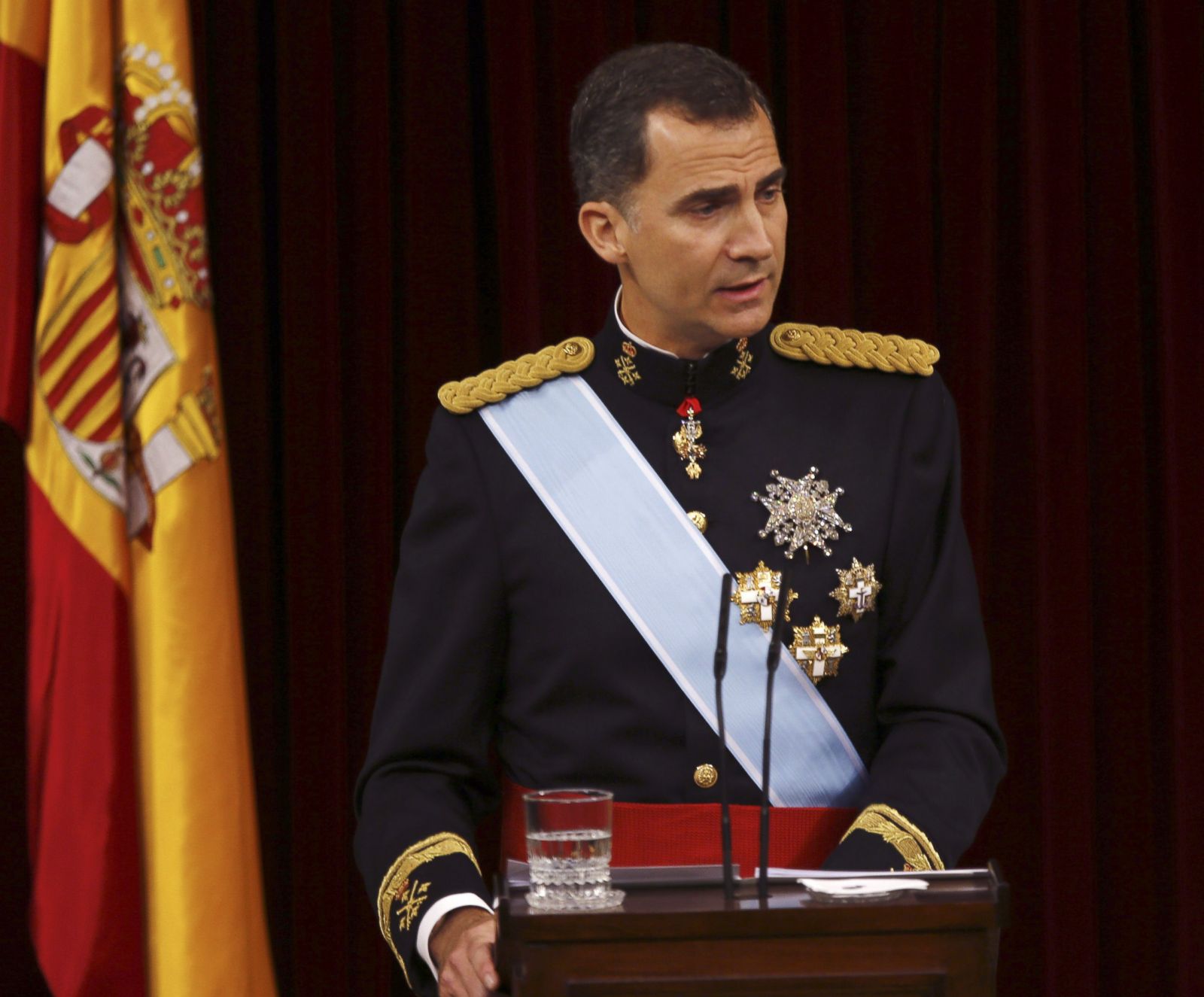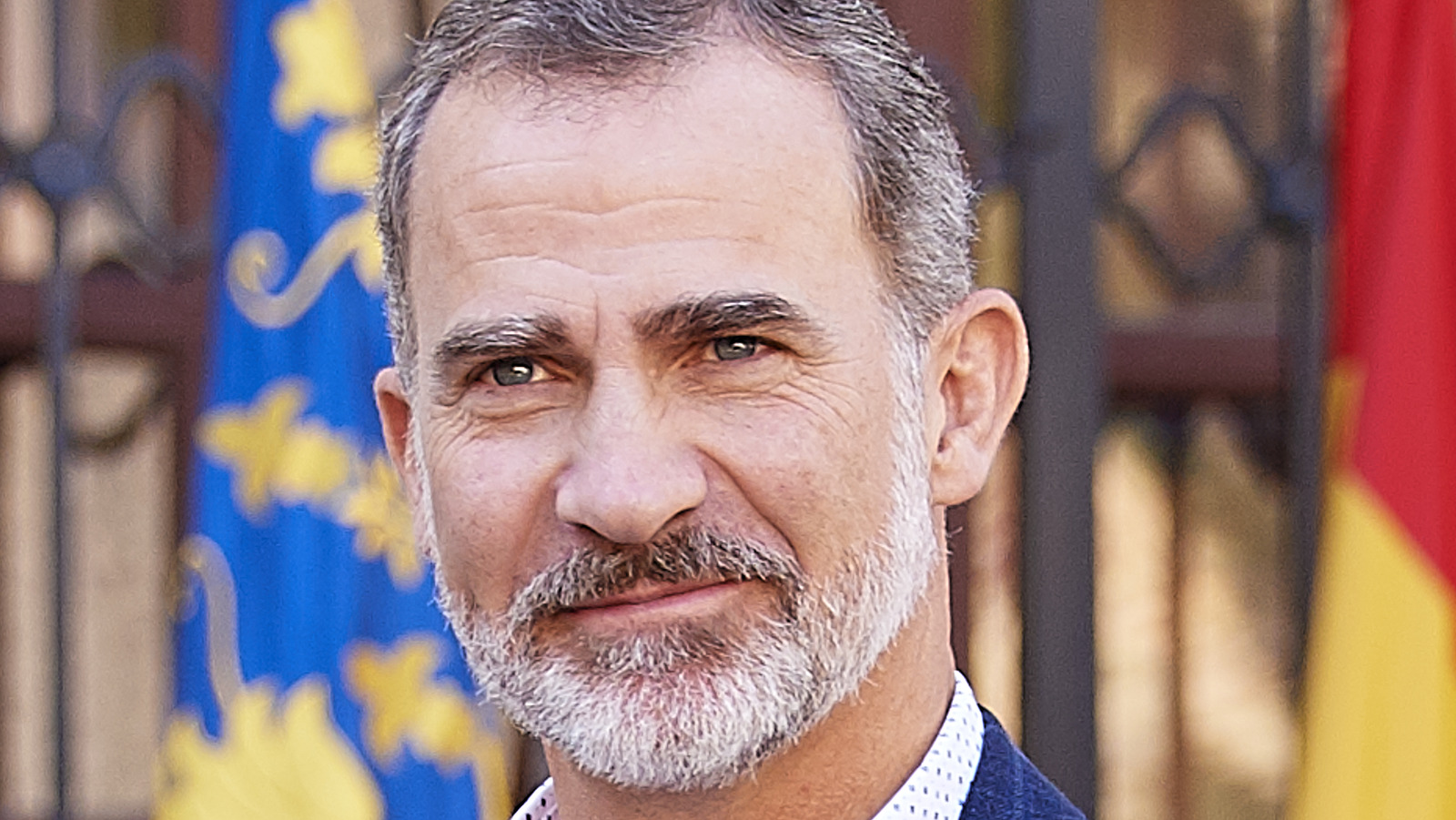Historical Significance

King of spain – The Spanish monarchy holds immense historical significance, profoundly shaping Spain’s political and cultural landscape for centuries.
Tracing its roots to the Visigothic era, the Spanish monarchy emerged as a powerful force during the Reconquista, a centuries-long struggle to reclaim the Iberian Peninsula from Muslim rule. Monarchs like Ferdinand III and Isabella I played pivotal roles in uniting the fragmented kingdoms and establishing a centralized monarchy.
Expansion and Empire
Under the Habsburg dynasty, Spain reached the zenith of its power, becoming a global empire that spanned Europe, the Americas, and parts of Asia. Monarchs like Charles V and Philip II presided over a period of cultural and economic prosperity, known as the Spanish Golden Age.
The King of Spain, a figure of great power and influence, has long been a symbol of Spanish pride and tradition. However, beyond the realm of royalty, there are other individuals who have left an indelible mark on the Spanish consciousness.
One such figure is Jacoby Jones , a former American football player who captivated the hearts of Spanish fans with his exceptional skills on the field. His agility and speed earned him the nickname “The Human Joystick,” a testament to his extraordinary athleticism.
Decline and Renewal
However, the 17th and 18th centuries witnessed a decline in Spanish power, marked by wars, economic crises, and political instability. The Bourbon dynasty, which ascended to the throne in the 18th century, implemented reforms to revitalize the monarchy and modernize Spain.
The King of Spain, a man of great stature and influence, has always been a figure of fascination. His recent visit to the United Kingdom brought to mind another royal figure who has captured the world’s attention: Prince Harry.
Both men, separated by generations and continents, share a common bond of public service and a desire to make a difference in the world. Just as the King of Spain is revered for his wisdom and leadership, Prince Harry is admired for his humanitarian work and his commitment to social justice.
Modern Monarchy, King of spain
In the 19th century, Spain experienced political turmoil, including periods of instability and the establishment of the First Spanish Republic. However, the monarchy was restored in the late 19th century and has since evolved into a constitutional monarchy with a largely symbolic role.
Current Affairs: King Of Spain

The Spanish monarchy has undergone significant changes in recent decades. The reign of King Juan Carlos I, which lasted from 1975 to 2014, was marked by modernization and democratization. He played a key role in the transition from the Francoist dictatorship to a democratic constitutional monarchy.
King Felipe VI, who ascended to the throne in 2014, has continued the process of modernization. He has sought to make the monarchy more transparent and accountable. He has also taken steps to strengthen the monarchy’s ties to the people of Spain.
The Spanish monarchy faces a number of challenges in the 21st century. One challenge is the rise of republican sentiment. Some Spaniards believe that the monarchy is an anachronism and that Spain should become a republic. Another challenge is the economic crisis that has hit Spain in recent years. The monarchy has been criticized for its lavish lifestyle at a time when many Spaniards are struggling to make ends meet.
Despite these challenges, the Spanish monarchy remains popular with many Spaniards. The monarchy is seen as a symbol of Spain’s history and culture. It also plays an important role in promoting Spanish unity and identity.
Role of the Monarchy in Modern Spanish Society
The Spanish monarchy plays a number of important roles in modern Spanish society. The monarchy is the head of state and represents Spain on the international stage. The monarchy also plays a role in promoting Spanish culture and traditions. The monarchy is also a symbol of national unity and identity.
The Spanish monarchy is a constitutional monarchy. This means that the king’s powers are limited by the constitution. The king is not involved in the day-to-day running of the government. However, the king does have some important powers, such as the power to appoint the prime minister and to dissolve parliament.
The Spanish monarchy is also a symbol of national unity and identity. The monarchy represents the history and culture of Spain. The monarchy also helps to promote Spanish unity and identity by bringing people together from all parts of Spain.
Cultural Impact

The Spanish monarchy has had a profound cultural impact on Spain and beyond. The monarchy has been a patron of the arts for centuries, and its influence can be seen in Spanish art, literature, and music.
The monarchy has also shaped Spanish traditions and customs. For example, the tradition of bullfighting is said to have originated in the Middle Ages, when Spanish kings would hold tournaments to test their skills in combat.
Art and Architecture
The Spanish monarchy has been a major patron of the arts throughout history. The royal family has commissioned some of the most famous works of art in the world, including paintings by El Greco, Velazquez, and Goya.
The monarchy has also played a role in the development of Spanish architecture. The royal palaces of Madrid, Seville, and Barcelona are some of the most iconic buildings in Spain.
Literature and Music
The Spanish monarchy has also had a significant impact on Spanish literature and music. The royal court has been a center of literary and musical activity for centuries, and many of Spain’s greatest writers and musicians have been associated with the monarchy.
For example, the poet Miguel de Cervantes was a member of the court of Philip II, and the composer Manuel de Falla was a favorite of Queen Victoria Eugenia.